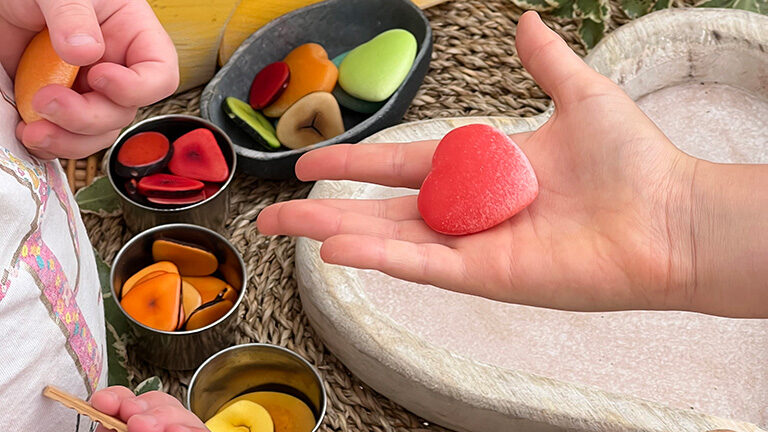In our early years settings, we instinctively know that it’s important to build a culture of kindness along with its close companion, gratitude. But why? These qualities are not simply pleasant, but are also fundamental to healthy brain development. Let’s take a look at this in more detail.
Have you ever seen the film, ‘Pay it Forward’? If you haven’t, I highly recommend it. What starts as a young boy’s school project grows to become a nationwide movement of doing kind acts for others. We may not be able to singlehandedly transform a person’s life for the better, but we can all do a multitude of small kindnesses which, when added up, make a positive and powerful difference in the lives of others.
The brain of every human being is hardwired for relationship and connection with others. It’s a basic survival instinct. In the early years, children are not only developing a sense of autonomy but also learning to relate to others. And the kinds of relationships children experience, like being part of a community, will lay the foundations for how they relate to others in the years to come. A study by Haslip et al. (2019) found that when children experienced kindness, friendships followed.
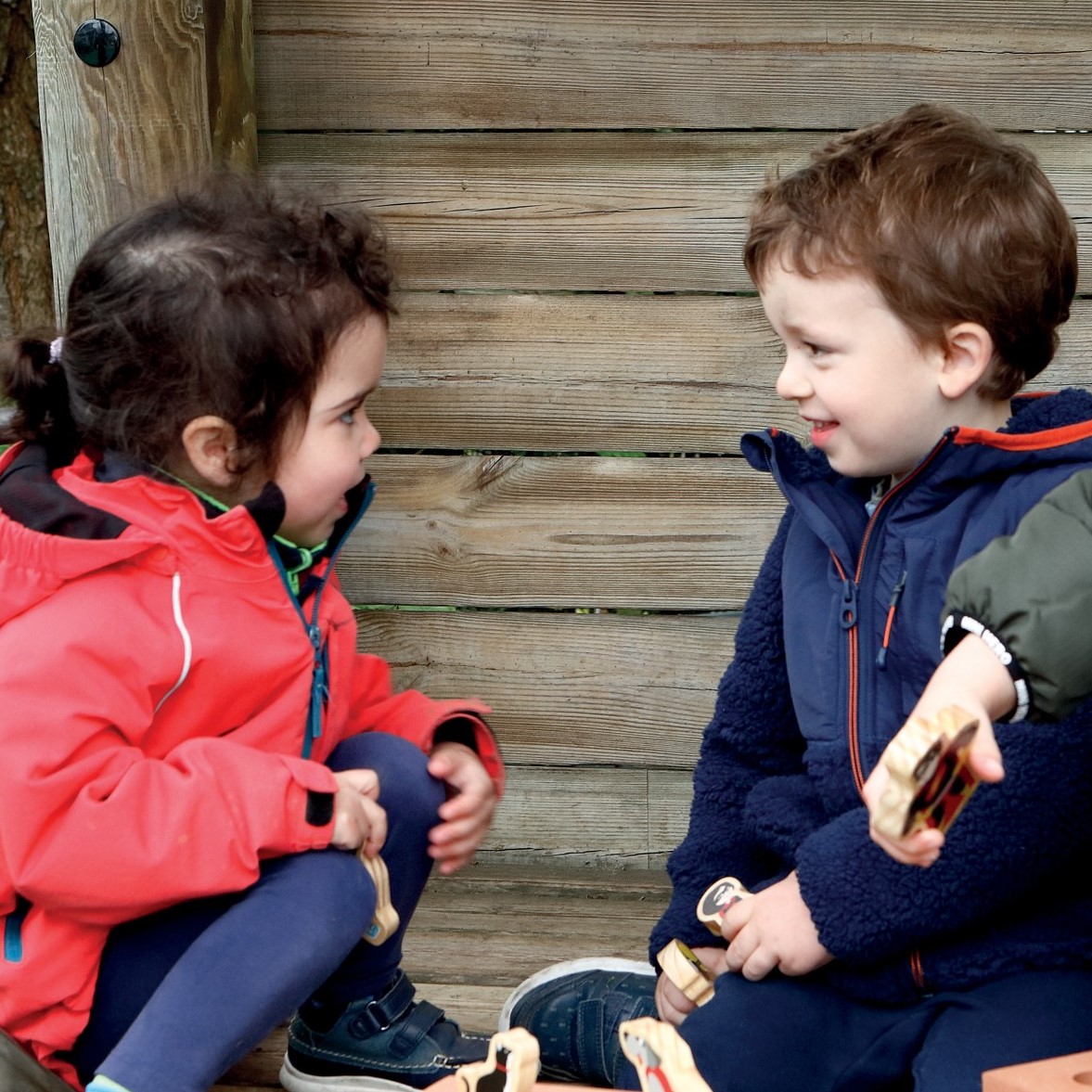
In his book ‘The Whole-Brain Child’, psychiatrist Dr Dan Siegel explains how memory is formed. He calls the brain an ‘association machine.’ Every time we have an experience, brain cells ‘fire’ and join with others. These linkages create associations and literally change the physical makeup of the brain. Neuroscientists explain this process by saying, “Neurons that fire together, wire together.” If a child regularly experiences kindness and gratitude, neural connections will be strengthened to create a more permanent grateful nature within.
Experiencing kindness and gratitude also changes our brain chemistry. An act of kindness and expressing gratitude increases the levels of serotonin, dopamine and oxytocin in the brain, which promote feelings of empathy, calmness, trust and a sense of safety. This in turn, reduces stress, fear and anxiety and improves self-esteem.
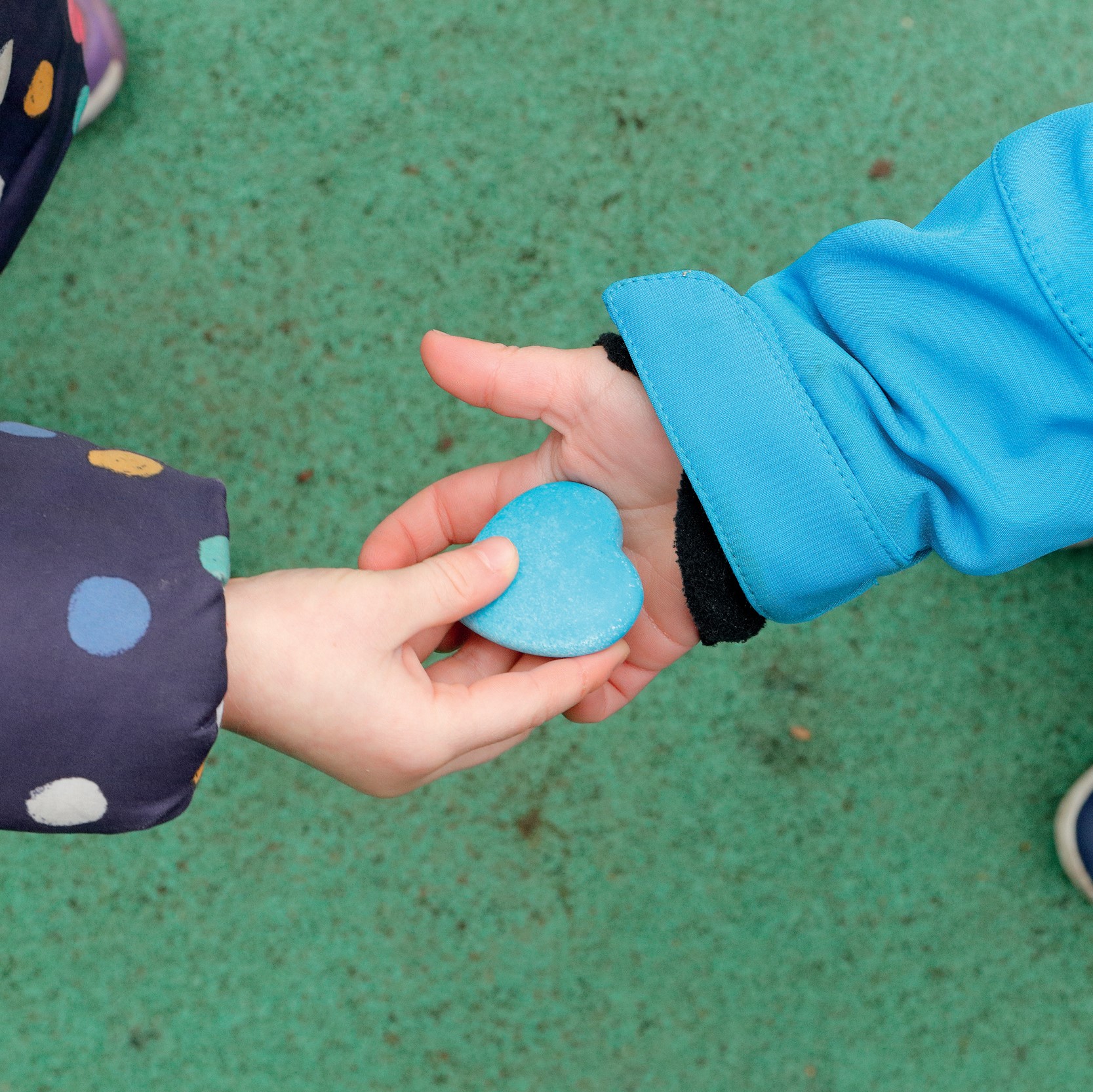
So, how do we teach kindness and gratitude to children? As we know, children learn by imitation and repetition. In the early 1990’s, some Italian neuroscientists discovered ‘mirror neurons’ in the brain, which copy purposeful behaviour. Modeling kindness and gratitude in our early years settings is the very best way for children to learn. As children watch us demonstrate kindness and gratitude through words and actions, they will instinctively copy us. Here are some practical ideas you could try in the classroom.
Being Kind to Yourself:
- At circle time, place a hoop in the centre. Give each child a Kindness Heart and take turns to place them in the hoop naming things that make them happy, stay healthy, feel safe or name kind acts of others.
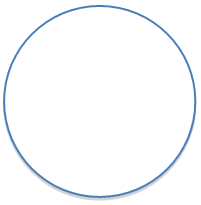
- Draw, paint or collage a ‘wishes for yourself’ picture.
- Calming breathing exercises – breathe in through your nose to a count of 5 and breathe out through your mouth to a count of 5. Put your hand on your tummy while you do this and watch it rise and fall.
- Mindfulness with the Senses exercise – while sitting on the carpet what…
5 things I can see
4 things I can hear
3 things I can feel
2 things I can smell
1 thing I can taste
Being Kind to Others:
- Read the book ‘Kind’ by Alison Green to your class. It teaches children many ways in which they can be kind.
- Kindness jar – have some Kindness Hearts ready to place in the jar when children see a kind act. When it is full, then have a class celebration.
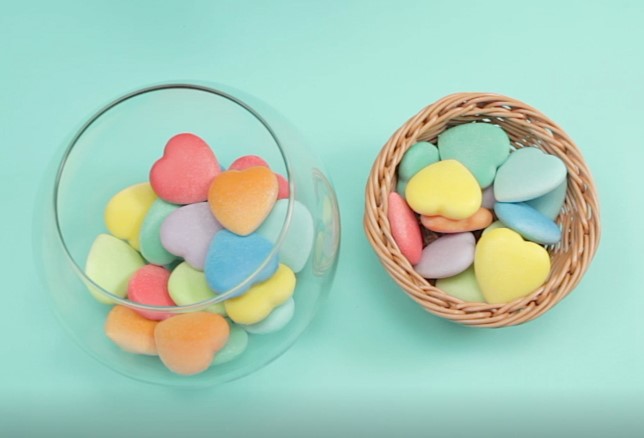
- Talk about what kind hands, kind words and kind feet look like?
- Invite others to play with you.
- Share toys with others in your group.
- Give a Kindness Heart for a kind person to hold.
- Paint flat, smooth stones as gifts to give to others.
- Make a kindness tree in the classroom where each leaf is an act of kindness. Equally, you could make a thankfulness tree where the leaves are what we are thankful for.
- When your teacher asks you to come and choose something, always take two and give one on to another child eg. musical instruments.
- Design a kindness poster of ideas for the group or download our Be Kind! poster
- Draw a picture of what a kind world looks like.
- Make a thank you card by drawing round a Kindness Heart and give it to someone who has been kind to you.
- Choose one child a week and make a ‘picture of positives’ of them. Put their photo in the middle of the page and then ask children to share their kind words and thoughts about them. Write everyone’s kind words around their photo and give them a Kindness Heart to keep.
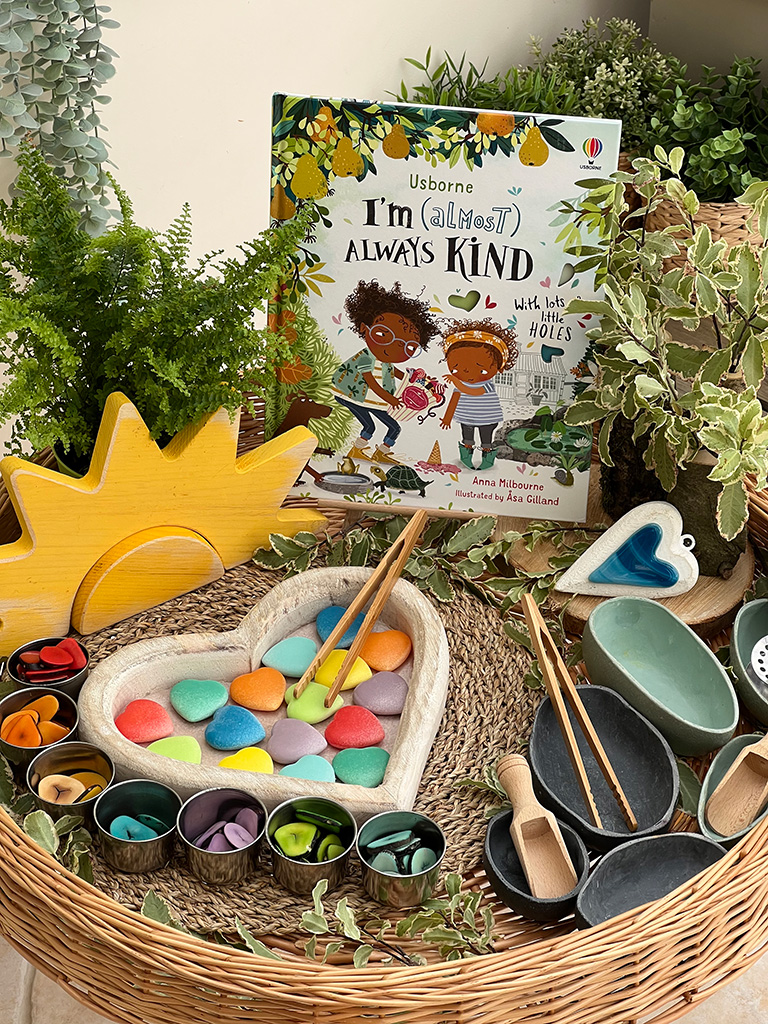
In conclusion then, perhaps the multitude of small kindnesses and expressions of gratitude we see in our classrooms, are not only transformative for the individual but actually do have powerful implications for wider society. As an ancient nation-builder wrote long ago,
Gratitude is not only the greatest of virtues,
Cicero
but the parent of all the others.
106 BC – 43 BC

References:
Pay it Forward trailer: https://www.youtube.com/watch?v=URwXr144hlI
Haslip et al, 2019. How do Children and Teachers Demonstrate Love, Kindness and Forgiveness? Findings from an Early Childhood Strength-Spotting Intervention. Early Childhood Education Journal 47: 531–547
Siegel, D.J & Bryson,T.P. (2011) The Whole-Brain Child. Random House
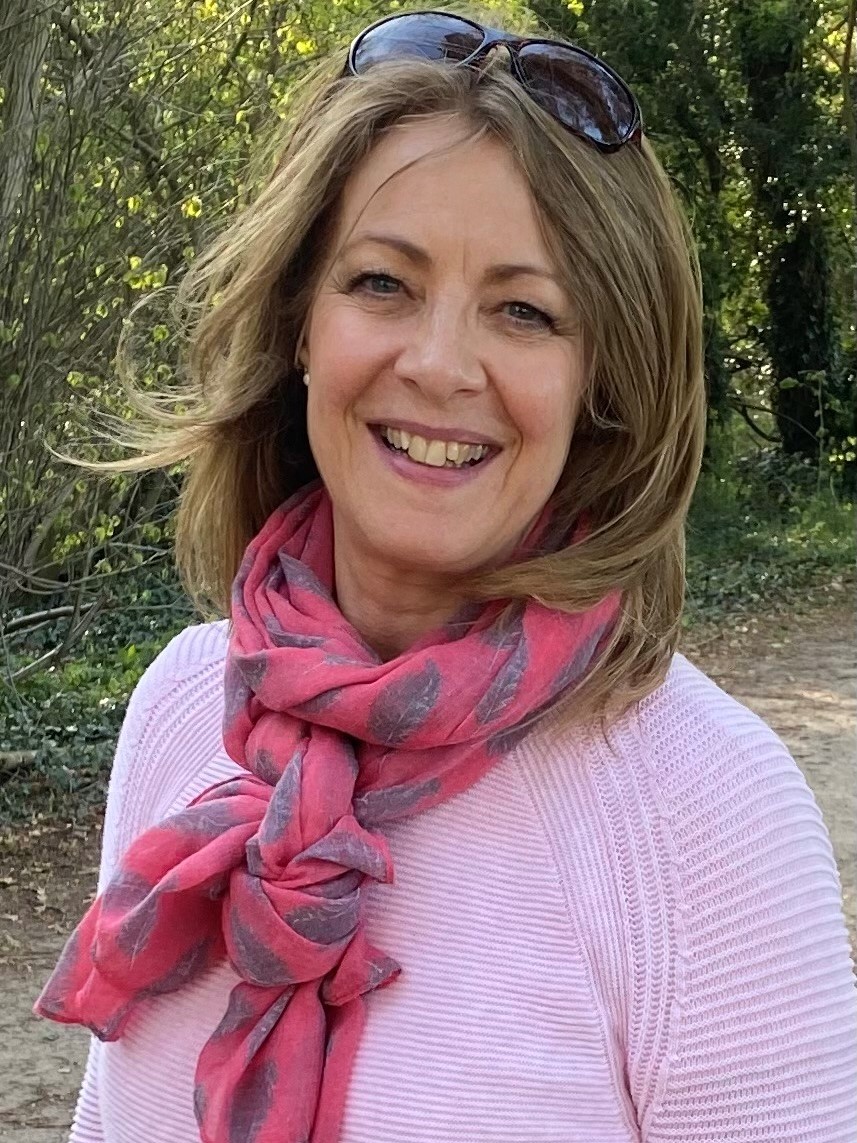
With thanks to Carole Rawley for writing this blog post. Carole is a Child and Adolescent Psychotherapeutic Counsellor both in school and in private practice. Before this she was a primary school teacher in Cambridge.

